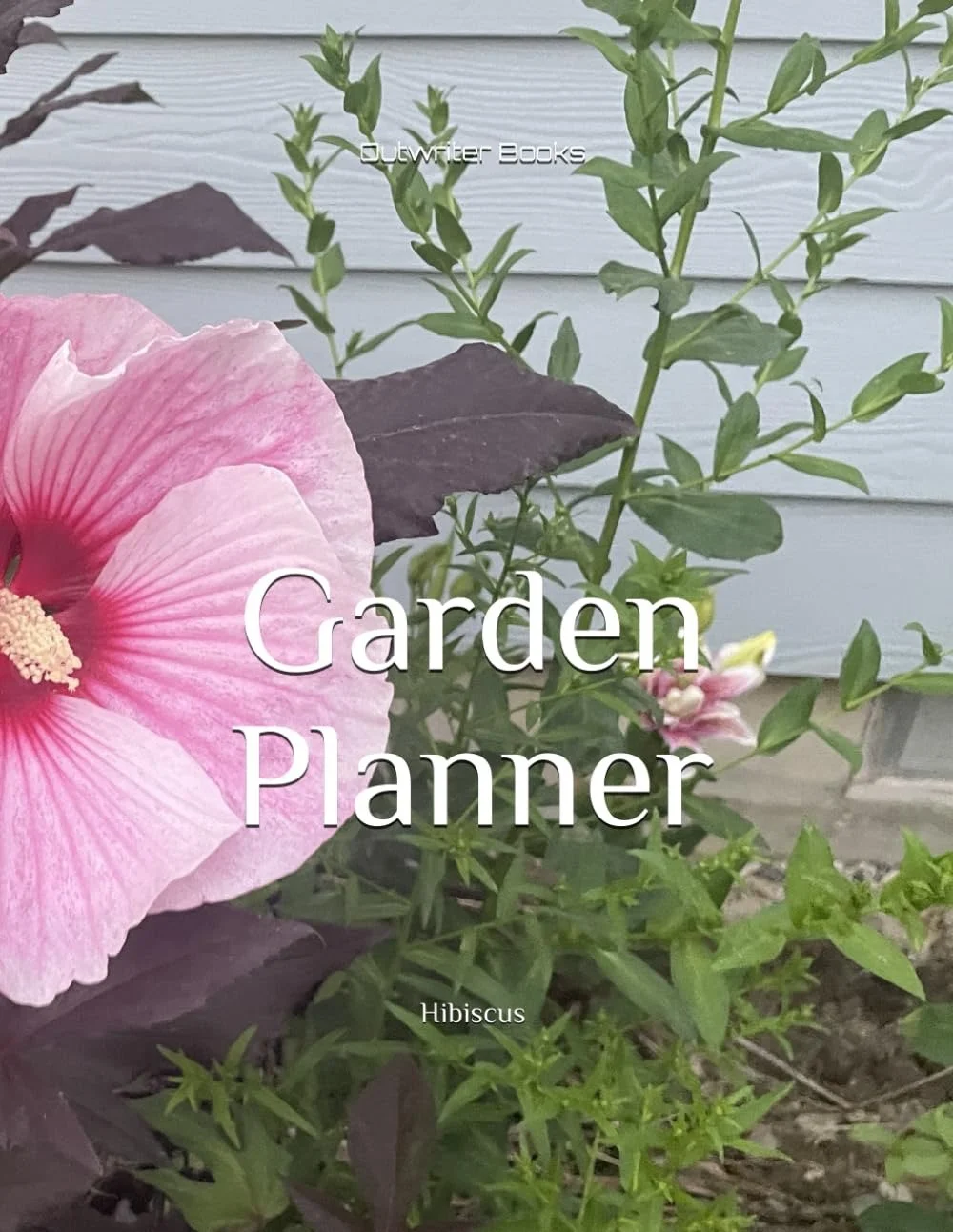To add a bit of color to the dull days of winter, consider starting a process known as "forcing bulbs."
It is possible to get bulbs like daffodils, hyacinths, tulips, and crocus to bloom indoors during January, February or March.
Common bulbs used for forcing are tulip (require 15 to 18 weeks of chilling before planting), daffodil (chill eight to 12 weeks), crocus (chill six to eight weeks), grape hyacinth (chill 10 to 12 weeks). You can also use snowdrops and hyacinths.
"Forced bulbs" are those which are induced to flower at something other than their normal time. The process is relatively simple and involves five basic stages or steps.
Plan Ahead
Spring bulbs have a chilling requirement which must be met before they will flower indoors.
Start with healthy bulbs, a soilless medium that is well drained, and some pots. Using bulb pots 4 - 8 inches in diameter, put several bulbs of the same variety in the pot and cover with the soilless medium. Different bulbs have different depth requirements, but generally a portion of the bulb will either be above the soil or no more than one inch below the soil.
Loose pack the pot, water the bulbs, and then find a way to expose them to cool temperatures (between 35 and 40 degrees Fahrenheit) for about 13 weeks. To help mimic winter, keep bulbs chilled in a refrigerator. Pot them up in shallow pots before the end of October and then keep them in a cool area until they sprout. Good areas include a barely heated garage, a barn, a cool basement or an enclosed porch.
Bulbs must develop a root system after planting but before bloom. Cool temperatures are needed for this to happen, and 40 degrees is ideal.
These temperatures might be achieved in a cool north room, basement, bulb cellar, outdoor trench, cold frame or refrigerator. If a refrigerator is used, food products should not be stored in the refrigerator while the bulbs are being chilled.
Bring the container out of cool storage when growth pops up an inch or so above the soil and put it in a well-lit location. A full sun, southern exposure may get too warm and reduce blooming. Water the container lightly if the soil dries out. Plants will bloom in three to four weeks.
When flower buds are almost fully developed, pots may be moved out of the bright window into the living room or other area of the home so they can be displayed and enjoyed.
After blooming is done and the weather outside warms, gradually get the plants outdoors a few hours each day and then transplant them into the ground.
Forcing bulbs is stressful to the plants and more tender varieties, like hyacinths and tulips, may not survive into next year.


